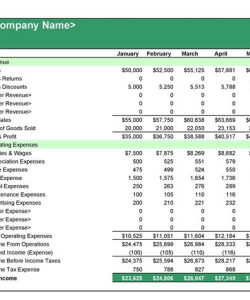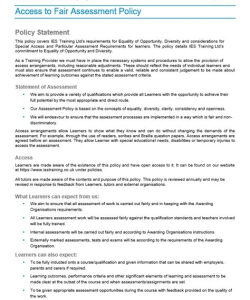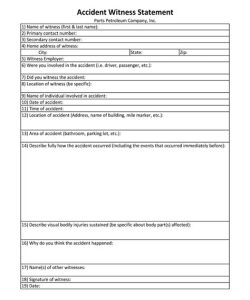Designing and building a new home or making significant alterations to an existing one is an exciting prospect. However, to ensure that your project complies with the latest building regulations and accessibility standards, you will need to produce a Design and Access Statement (DAS). This guide will provide you with a comprehensive design and access statement template that you can adapt to your specific needs, helping you create a persuasive and compliant document.
The purpose of a DAS is to clearly articulate the design principles and accessibility considerations that have informed your project. It should demonstrate how your design meets the specific requirements of the local planning authority and building regulations. A well-written DAS can help to ensure that your project is approved quickly and efficiently, reducing the risk of delays or costly revisions.
Making Your Design Accessible
Accessibility is a key consideration for any design and access statement. The statement must demonstrate how the design of your project will meet the needs of people with disabilities, including those with mobility, visual, or hearing impairments. This may involve incorporating ramps, accessible toilets, and other features to ensure that the building is fully accessible to all users.
In addition to meeting the specific requirements of the local planning authority, you should also consider the principles of universal design. Universal design aims to create buildings and spaces that can be used by people of all abilities, regardless of their age, disability, or other factors. By incorporating universal design principles into your project, you can create a more inclusive and welcoming environment for all.
To ensure that your project is accessible, you should consult with a qualified access consultant. An access consultant can help you to identify and address any potential accessibility issues and to develop a design that meets the needs of all users.
Meeting Building Regulations
In addition to accessibility considerations, your design and access statement must also demonstrate how your project will meet the relevant building regulations. Building regulations set out the minimum safety and performance standards that all buildings must meet. These regulations cover a wide range of areas, including structural stability, fire safety, and energy efficiency.
To ensure that your project complies with the building regulations, you should consult with a qualified architect or structural engineer. An architect or engineer can help you to design a building that meets all of the relevant regulations and to prepare a design and access statement that demonstrates compliance.
By following these guidelines, you can create a design and access statement that will help you to secure planning permission and build a home that is both accessible and compliant with the building regulations.
Conclusion
A well-written design and access statement is an essential part of any planning application. By providing a clear and comprehensive explanation of your design principles and accessibility considerations, you can help to ensure that your project is approved quickly and efficiently. The template provided in this guide will help you to create a compliant and persuasive DAS, giving you the best chance of success.
Remember, the purpose of a DAS is to demonstrate how your design meets the specific requirements of the local planning authority and building regulations. By following the guidelines in this guide, you can create a DAS that will help you to achieve your planning goals and build a home that is both accessible and compliant.



